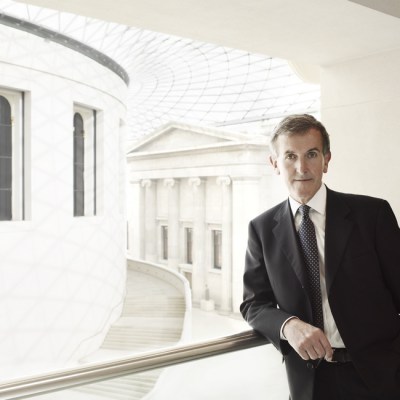Tate Modern has appointed one of its top curators, Frances Morris, to be the museum’s new director. Morris, a specialist in post-war European and contemporary international art, has been a Tate employee for almost 30 years, and has been closely involved in the development of Tate Modern since its inception. As Head of Displays, she was jointly responsible for the initial hang of the Tate Modern collection, which opened to the public in the old Bankside Power Station in May 2000. In her current role as Director of Collection, International Art, she’s similarly been central to the planning and development of the museum’s major new extension, which is set to open on 17 June this year.
Tate’s appointment of an internal candidate is interesting, particularly given the number of high-profile external curators and directors (among them Iwona Blazwick, Julia Peyton-Jones, Hans Ulrich Obrist) who have been tipped for the post since Chris Dercon announced his resignation last year. It also bucks a wider trend: in recent months, Tate Britain, the British Museum, the National Gallery and the National Portrait Gallery have all appointed outside candidates (albeit, in some cases, returning ones). The fact that a woman has been named as the director of Britain’s second most visited museum is also of note, particularly given Morris’s curation of three major retrospectives of women artists at Tate Modern – Louise Bourgeois in 2007, Yayoi Kusama in 2012, and Agnes Martin last year. Greater representation of women in public collections has been widely advocated in recent years, and those arguing that major institutions need to redress the balance of their collections can probably expect to find a sympathetic ear.
This year will be Tate Modern’s most important year since it opened in 2000. In light of this, the appointment of a proven internal candidate seems a sensible choice. The gallery’s recent programme has, generally, been a popular and critical success, particularly relative to its sister institution Tate Britain, and many of those successes have had Morris at the helm. Commentators have been speculating for some time as to when Tate’s longstanding general director, Nicholas Serota, will himself step down. If he does depart soon, he leaves what is now Tate’s flagship gallery in safe hands: Morris is the continuity candidate par excellence.



